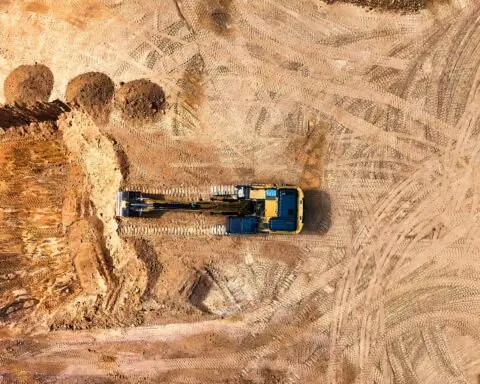The U.S. Department of Energy (DOE) will distribute a combined $34 million to 11 projects to that will integrate wind and solar energy into the electricity grid.
The DOE will distribute the funds from the Operation and Planning Tools for Inverter-Based Resource Management and Availability for the Future Power System (OPTIMA) program. The projects will advance tools that enable developers to more easily use and integrate renewable energy resources. The tools will help increase energy system reliability and resiliency at a larger production scale, helping to decarbonize the electricity sector by 2035.
Notable projects that received funding include:
The Pacific Northwest National Laboratory will use $3.6 million to create applications that empower grid operators to monitor and react to issues generated by large amounts of renewable energy sources. The technology will analyze these measurements within local substations. The applications then stream all captured data to a centralized component for grid operators to access and use to more easily integrate the renewable resources.
The University of Connecticut will receive $3.3 million to design solutions for coordinating energy transmission and distribution operations. The project will enhance distributed and renewable energy resource integration, reduce operational costs and increase efficiency and reliability.
The National Renewable Energy Laboratory will use $3.2 million to develop a management solution called Coordinated Operation for Renewable Energy Dominant Transmission Grids (CORRECT). CORRECT will assess and manage the large numbers of both renewable and distributed energy resources.
CORRECT will also align interactions between resource- and system-level management processes and improve overall power system variability management. Grid operators will integrate CORRECT into existing utility energy and distribution management systems.












